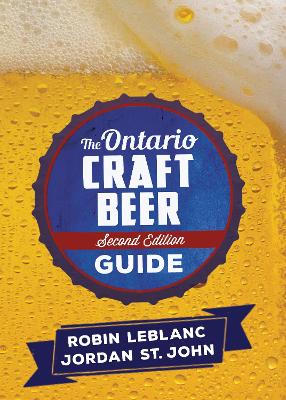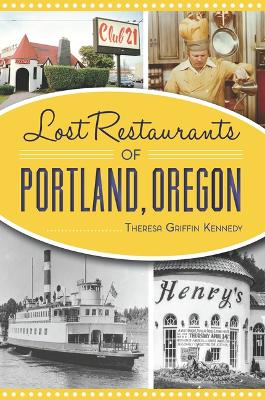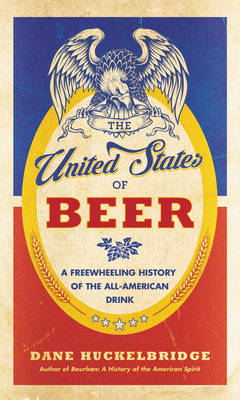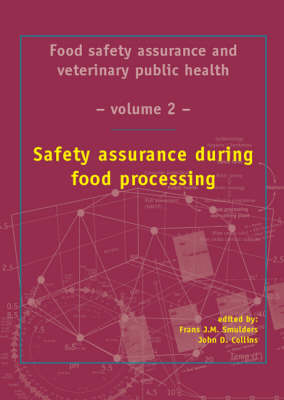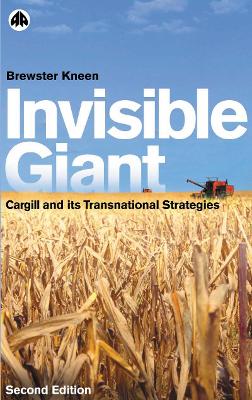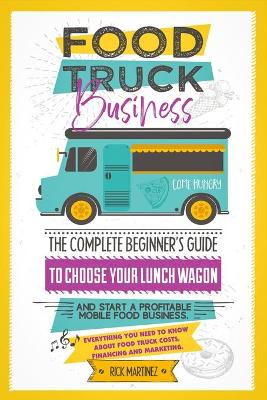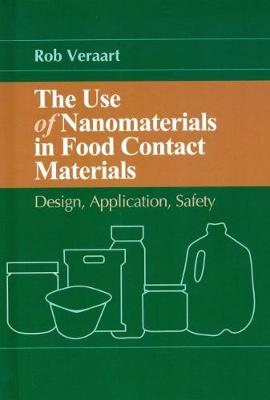With nearly one hundred new breweries, this second edition of The Ontario Craft Beer Guide is an indispensable field guide to the province's beer. The explosion of craft beer variety in North America has created a climate of amazing quality and bewildering options for beer drinkers. Choosing a drink in that landscape can be intimidating, but in The Ontario Craft Beer Guide beer lovers have a concise and expertly curated guide to over one thousand offerings, with simple tasting notes, ratings...
While the name Duncan Hines is presently associated with cake mix, from the Depression to the mid-1950s, the name was most commonly associated with a series of guidebooks pointing travelers to the best restaurants, hotels/motels, and vacation destinations. These books were overwhelmingly popular, outpacing even the venerable Michelin Guide. Prior to Hines, finding good food or safe lodging was a hit-or-miss proposition: restaurants were often unsanitary and the food of poor quality. Hines was tr...
8 Developments in Modified Atmosphere and Chilled Foods Packaging (Pira Reviews of Packaging)
by Ray White and Richard Roberts
Formula Room Worker Work Log (Key Work Logs/Work Log)
by Key Work Logs
Hygienic Design and Operation of Food Plant (Ellis Horwood food science & technology)
by Ronald Jowitt
Adventures with Old Vines offers an engaging and knowledgeable guide to demystify wine for novice enthusiasts. Richard Chilton provides detailed information about buying and storing wine, how to read a wine list, the role of the sommelier, wine fraud, how wine is really made, and how weather patterns can influence the quality of a vintage. A vineyard owner and lifelong wine lover, the author encourages readers to discover wine by tasting, taking notes, and tasting again. The book also includes...
Lost Restaurants of Portland, Oregon (Lost)
by Theresa Griffin Kennedy
From the author of "the definitive history of bourbon" (Sacramento Bee) comes the epic true tale of how beer conquered America, from B.C. to Budweiser and beyond Equally irreverent and revealing, Dane Huckelbridge's masterful cultural history charts the wild, engrossing, and surprisingly complex story of our favorite alcoholic drink, showing how America has been under the influence of beer at almost every stage. From the earliest Native American corn brew (called chicha) to the waves of immigra...
Safety Assurance During Food Processing
Transnational corporations straddle the globe, largely unseen by the public. Cargill, with its headquarters in the US, is the largest private corporation in North America, and possibly in the world. Cargill trades in food commodities and produces a great many of them: grains, flour, malt, corn, cotton, salt, vegetable oils, fruit juices, animal feeds, and meat. Among its most profitable activities is its trade in the global financial markets. There are few national economies unaffected by Ca...
Long Goods Drier Work Log (Key Work Logs/Work Log)
by Key Work Logs
Food
Microbiological Testing and Interpretation Guidance
As the Vietnam War divided the nation, a network of antiwar coffeehouses appeared in the towns and cities outside American military bases. Owned and operated by civilian activists, GI coffeehouses served as off-base refuges for the growing number of active-duty soldiers resisting the war. In the first history of this network, David L. Parsons shows how antiwar GIs and civilians united to battle local authorities, vigilante groups, and the military establishment itself by building a dynamic peace...
Etiquetado de los alimentos
El etiquetado de los alimentos constituye el principal medio de comunicación entre los productores y vendedores de alimentos por una parte, y por otra, sus compradores y consumidores. Las normas y directrices del Codex Alimentarius sobre etiquetado de los alimentos son publicadas en formato compacto para permitir su uso y amplio conocimiento por parte de los gobiernos, las autoridades de reglamentación, las industrias de alimentos y minoristas, y los consumidores. Esta quinta edición incluye los...
This volume surveys the problems, assesses the risks, and presents solutions regarding the use of nanomaterials in food-contact materials such as packaging and preparation surfaces. The book explains how and why nanoparticles are applied in packaging materials, inks, coatings and antimicrobials. Special attention is given to methods for determining the size and shape of nanoparticles. Within this framework, experimental and modeling information are provided on the safety risks caused by migratio...



